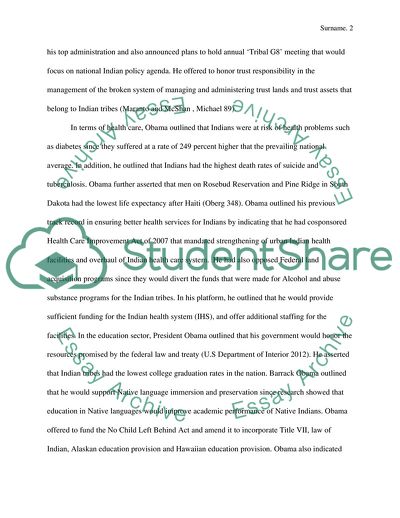Cite this document
(Obama's Decision about the Cultural Freedoms of the Indians Term Paper, n.d.)
Obama's Decision about the Cultural Freedoms of the Indians Term Paper. Retrieved from https://studentshare.org/politics/1799547-president-obamas-indian-policies
Obama's Decision about the Cultural Freedoms of the Indians Term Paper. Retrieved from https://studentshare.org/politics/1799547-president-obamas-indian-policies
(Obama'S Decision about the Cultural Freedoms of the Indians Term Paper)
Obama'S Decision about the Cultural Freedoms of the Indians Term Paper. https://studentshare.org/politics/1799547-president-obamas-indian-policies.
Obama'S Decision about the Cultural Freedoms of the Indians Term Paper. https://studentshare.org/politics/1799547-president-obamas-indian-policies.
“Obama'S Decision about the Cultural Freedoms of the Indians Term Paper”, n.d. https://studentshare.org/politics/1799547-president-obamas-indian-policies.


